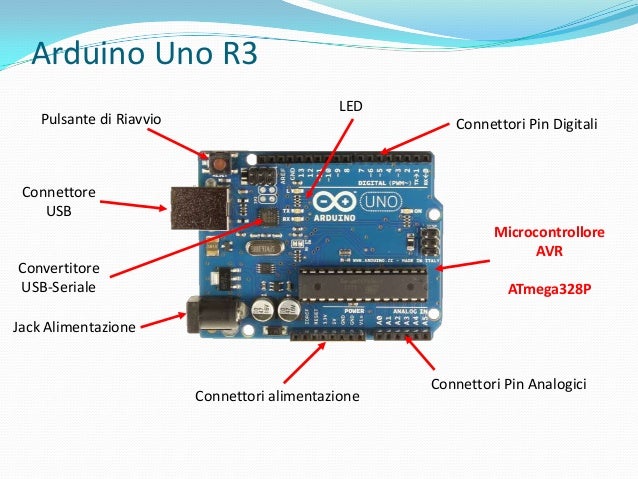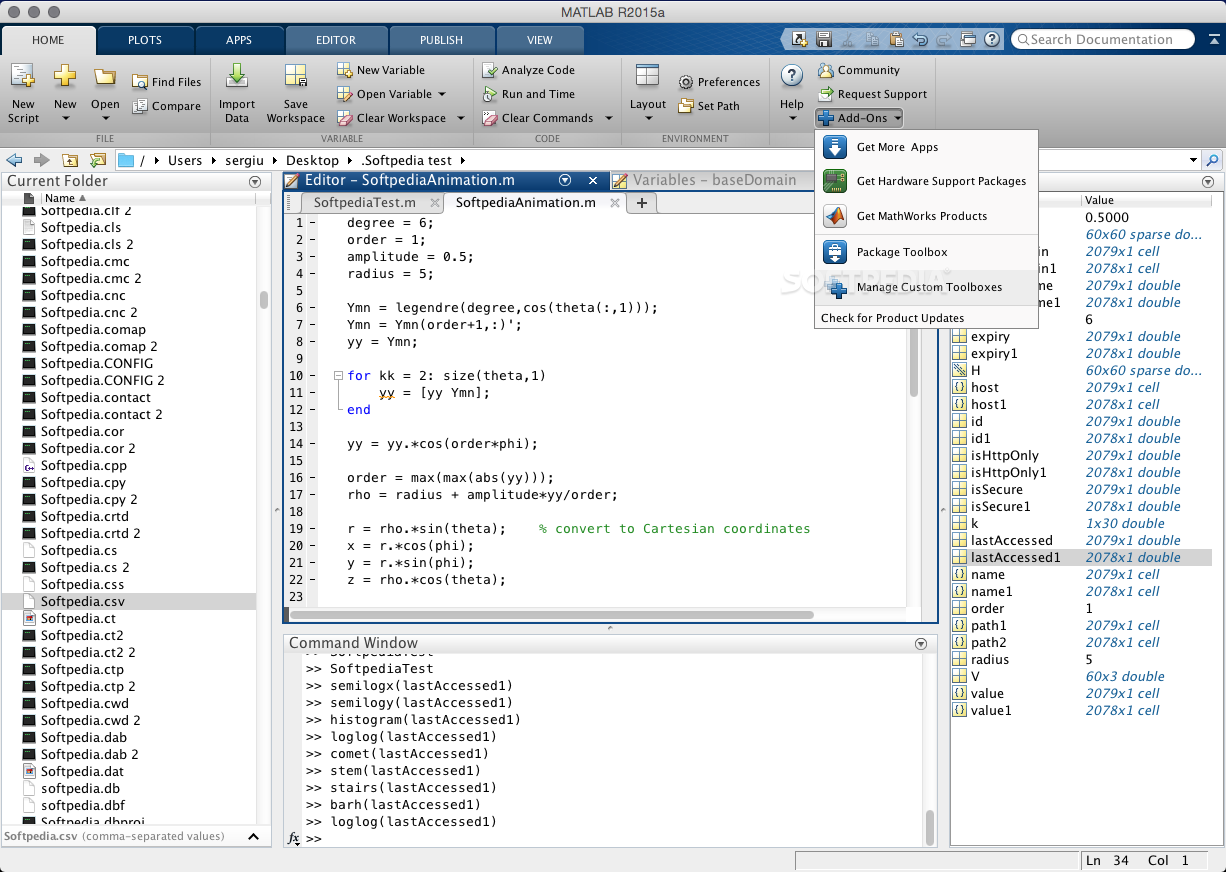The system requirements and supported guest operation systems (OSes) for Parallels Desktop 16 for Mac are fully detailed below. We encourage every potential or existing user to explore the requirements prior to downloading or purchasing Parallels® Desktop. Users may be pleasantly surprised at the incredible performance of Windows, Linux, and other popular OSes on their Mac with Parallels Desktop.
Supported Apple Mac hardware configurations:
Check your Mac hardware to ensure you can run Parallels Desktop without experiencing compatibility issues. Our team would love to make sure every user gets the most out of Parallels Desktop and the virtual machines (VMs) they create.
”Parallels Desktop is the easiest, fastest, and most tightly integrated app for running Windows apps or the Windows desktop in Apple OS X.”Edward Mendelson, PCMag.com “The latest version of Parallels, the popular Windows virtualization tool for Mac OS X, almost feels like its trolling Apple.”. Parallels Desktop 10 for Mac is the world's easiest, fastest, and most powerful solution for running Windows applications on a Mac - without rebooting. Install Windows or move your PC documents, files and applications on to your Mac in few easy steps. Parallels Desktop 9 for Mac is the world's most powerful solution for running Windows and Mac OS X applications on a Mac, side-by-side- without rebooting. Box includes one Product Key Card - No Disc. Run Windows 8, 7 and XP apps like they were made for a Mac while enjoying Mac gestures and features like Dictation in Windows apps. Parallels Desktop for Mac enables you to run Windows, Linux, and more side-by-side with Mac OS X on any Intel-powered Mac, without rebooting. With Parallels' award-winning virtualization technology, you can run Mac OS X and your favorite Windows applications at the same time. You can even drag-and-drop files between desktops! Mac OS version OS X Yosemite OS X El Capitan macOS Sierra macOS High Sierra macOS Mojave macOS Catalina. MacOS 11 Big Sur. Parallels Desktop version 10.10 or later 10.11 or later 10.12 or later 10.13 or later 10.14 or later 10.15 or later 11.0 or later. Parallels Desktop 16 Parallels Desktop 15.
Important Note: Internet connection is required for product activation, updates and select future features.

Supported guest operating systems that can be created as Parallels Desktop virtual machines:
- Windows 10
- Windows 8.1
- Windows 8
- Windows Server 2019
- Windows Server 2016
- Windows Server 2012 R2
- Windows 7 (SP0-SP1)
- Windows Server 2008 R2 (SP0-SP2)
- Windows Vista Home, Business, Ultimate and Enterprise (SP0-SP2)
- Windows Server 2003 R2 (SP0-SP2)
- Windows XP (SP0-SP3)
- Windows 2000 Professional SP4
- Windows 2000 Server SP4
- Boot2Docker
- Red Hat Enterprise Linux (RHEL) 8, 7 and 6
- CentOS Linux 8, 7 and 6
- Fedora Linux 32, 31, 30 and 29
- Ubuntu 20.04, 19.04, 18.04 LTS and 16.04 LTS
- Debian GNU/Linux 9 and 8
- Debian GNU/Linux 19
- SUSE Linux Enterprise 15
- openSUSE Linux 15.1 and 15
- Linux Mint 20, 19 and 18
- Kali 2019 and 2018
- Elementary OS 5.0
- Manjaro 18
- Mageia 7 and 6
- Gentoo Linux **
- Solaris 11 and 10 **
- openBSD 6 **
- FreeBSD 12 and 11 **
- openVZ 7
- eComStation 2 and 1.2 **
- ReactOS 0.4 **
- Android OS*
- macOS Big Sur 11.0 (when released)
- macOS Catalina 10.15
- macOS Mojave 10.14.x
- macOS High Sierra 10.13.x
- macOS Sierra 10.12.x
- OS X El Capitan 10.11.x
- OS X Yosemite 10.10.x
- OS X Mavericks 10.9.x
- OS X Mountain Lion 10.8.x
- OS X Lion 10.7.x
- OS X Lion Server 10.7.x
- Mac OS X Snow Leopard Server 10.6.x
- Mac OS X Leopard Server 10.5.x
- and many more…***
*Only the version downloaded with the Parallels Desktop Installation Assistant
**Parallels Tools are not available for this operating system
Note: Parallels Desktop emulates PC hardware, so operating systems that are not present in this list can work as well. We encourage users to download a free 14-day trial of Parallels Desktop first to install the OS of your choice. If it doesn’t work and you believe it should be supported, let us know at Parallels Forum.
Parallels Tools for Linux requires X Window System version 1.15-1.20 and Linux Kernel version 2.6.29-5.1.
Moving your PC?
Below are the Windows PC system requirements to move a PC to your Mac and use it as a Parallels Desktop VM (using Parallels Transporter Agent):
- 700 MHz (or higher) x86 or x64 processor (Intel or AMD)
- 256 MB of RAM
- 50 MB of available hard disk space for installation of Parallels Transporter Agent
- Ethernet or WiFi network adapter for migrating over network
- External USB drive for migrating via external disk
- Supported Windows: Windows 10, Windows 8.1, Windows 7, Windows Vista, Windows XP, Windows Server 2003 and Windows 2000*
*To migrate Windows Vista or older, Transporter Agent from Parallels Desktop 13 should be used.
We sincerely hope this resource helps you navigate your experience with Parallels Desktop. Since 2006, Parallels has delivered excellence by being the #1 choice of Mac users to run Windows on Mac without rebooting. Please don’t hesitate to reach out if you need help. The Parallels support team can be contacted on Facebook or Twitter, 24/7.
Parallels Server for Mac running Mac OS X Leopard Server in a VM on top of Mac OS X Leopard Server | |
| Developer(s) | Parallels, Inc. |
|---|---|
| Stable release | |
| Operating system | Mac OS X Server |
| Platform | Apple–Intel architecture |
| Available in | Multilingual[which?] |
| Type | Hypervisor |
| License | Proprietary |
| Website | parallels.com/products/server/mac/ |
Parallels Server for Mac is a server-sidedesktop virtualization product built for the Mac OS X Server platform and is developed by Parallels, Inc., a developer of desktop virtualization and virtual private server software. This software allows users to run multiple distributions of Linux, Windows and FreeBSD server applications alongside Mac OS X Server on Intel-based Apple hardware.
Parallels Server for Mac was not in development for more than a year[1] before its alpha stage was demoed at MacWorld 2008 [2] and the product was officially released on June 17, 2008.[3] While in beta, Parallels Server for Mac did not allow running Mac OS X Server in a virtual machine; however, Apple eased up on its licensing restrictions before Parallels Server for Mac's GA release to allow running Mac OS X Leopard Server in a virtual machine as long as that virtual machine is running on Apple hardware.[4]
Overview[edit]
Install Parallels Mac
Similar to Parallels Desktop for Mac, Parallels Server for Mac is a hypervisor-based server virtualization software that allows users to run multiple guest operating systems, each in a virtual machine, alongside a primary or 'host' operating system. The product's hypervisor allows each virtual machine to function as a standalone server with its own virtualized hardware, memory and processor. However, unlike the desktop software, Parallels Server for Mac is a hardware-optimized enterprise product designed to handle server workloads such as databases and enterprise email and is aimed at the professional market rather than the consumer market.[5] Parallels Server for Mac allows users to run Intel-powered Apple hardware in a business environment without isolating the Mac servers from the organization's Windows and Linux systems.
System requirements[edit]
- Intel-powered Mac server or desktop computer running Mac OS X Server Leopard
- Minimum 2 GB RAM
- 40.5 MB hard disk space for Parallels Server for Mac
- Minimum 150 GB for VM files and virtual hard disks
- Optical drive
- Ethernet or FireWire network adapter
Key features[edit]


Users can run 32- and 64-bit guest operating systems such as Mac OS X Server, Windows, Linux, and Apple UNIX runtime for Xserve and DTK in virtual machines on Apple Xserves and Mac Pros.Parallels Server for Mac comes with Parallels Tools, Parallels Transporter for P2V and V2V migration and Parallels Disk Image tool for modifying the size of virtual disks. Also included are the Parallels Management Console, which allows server administrators to manage the virtual machines both locally and remotely[3] and Parallels Explorer, which allows access to virtual machines without launching the guest operating system.
Additional features include:
- Virtual support for 4-way Symmetric Multi-processing (4-way SMP)
- Up to 32 GB of physical RAM
- 64 MB memory support with up to 8 GB guest memory
- Supports virtual guest disk sizes up to 2 TB
- Supports Intel Virtualization Technology (Intel VT-x)) hardware acceleration
- Advanced Configuration and Power Interface (ACPI) support in VMs
- SDK that enables third-party vendors to incorporate support for Parallels Server for Mac into their own products
- SNMP, Command line interface (CLI)
- VM Assistant to create new virtual machines

Parallel For Mac Os X
Limitations[edit]

Parallels Server for Mac can run only on Intel-based Apple hardware which must be running Mac OS X Leopard Server, not Mac OS X Tiger Server or on PC hardware. Also, at this time, users cannot run Mac OS X versions newer than 10.6 in a virtual environment due to Apple licensing restrictions. Also Mac OS X 10.7 (Lion) and 10.8 (Mountain Lion) and 10.9 (Mavericks) cannot be virtualized with this software.
Parallel For Mac Os X64
See also[edit]
References[edit]
- ^Parallels demos Mac server virtualization
- ^Macworld | Parallels Server for Mac demoed at WWDC
- ^ abParallels Server for Mac Announced || The Mac Observer
- ^Virtualization Report | David Marshall | InfoWorld | Parallels announces the first Mac server virtualization platform | June 18, 2008 08:14 AM | David MarshallArchived June 19, 2008, at the Wayback Machine
- ^Parallels Server for Mac available now - The Unofficial Apple Weblog (TUAW)
Parallel For Mac Os X 10.10
External links[edit]
